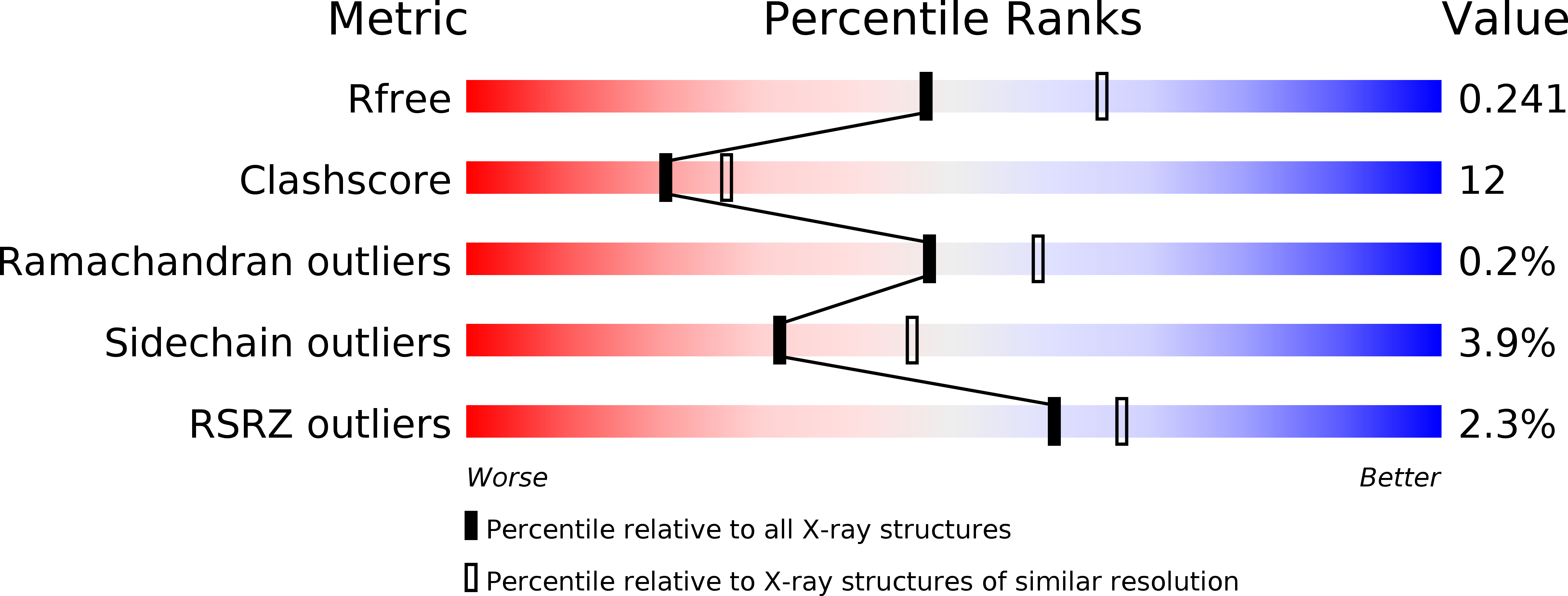
Deposition Date
2011-08-21
Release Date
2012-08-01
Last Version Date
2024-03-20
Entry Detail
PDB ID:
3TIS
Keywords:
Title:
Crystal structures of yrdA from Escherichia coli, a homologous protein of gamma-class carbonic anhydrases, show possible allosteric conformations
Biological Source:
Source Organism:
Escherichia coli (Taxon ID: 83333)
Host Organism:
Method Details:
Experimental Method:
Resolution:
2.30 Å
R-Value Free:
0.24
R-Value Work:
0.17
R-Value Observed:
0.17
Space Group:
P 63


